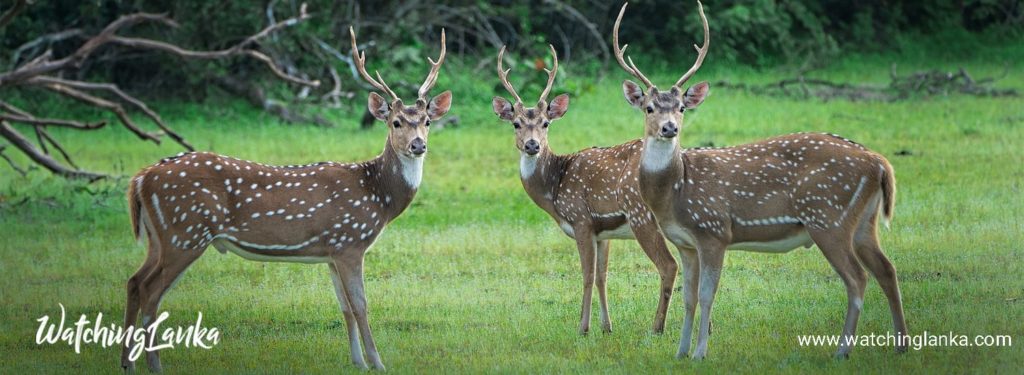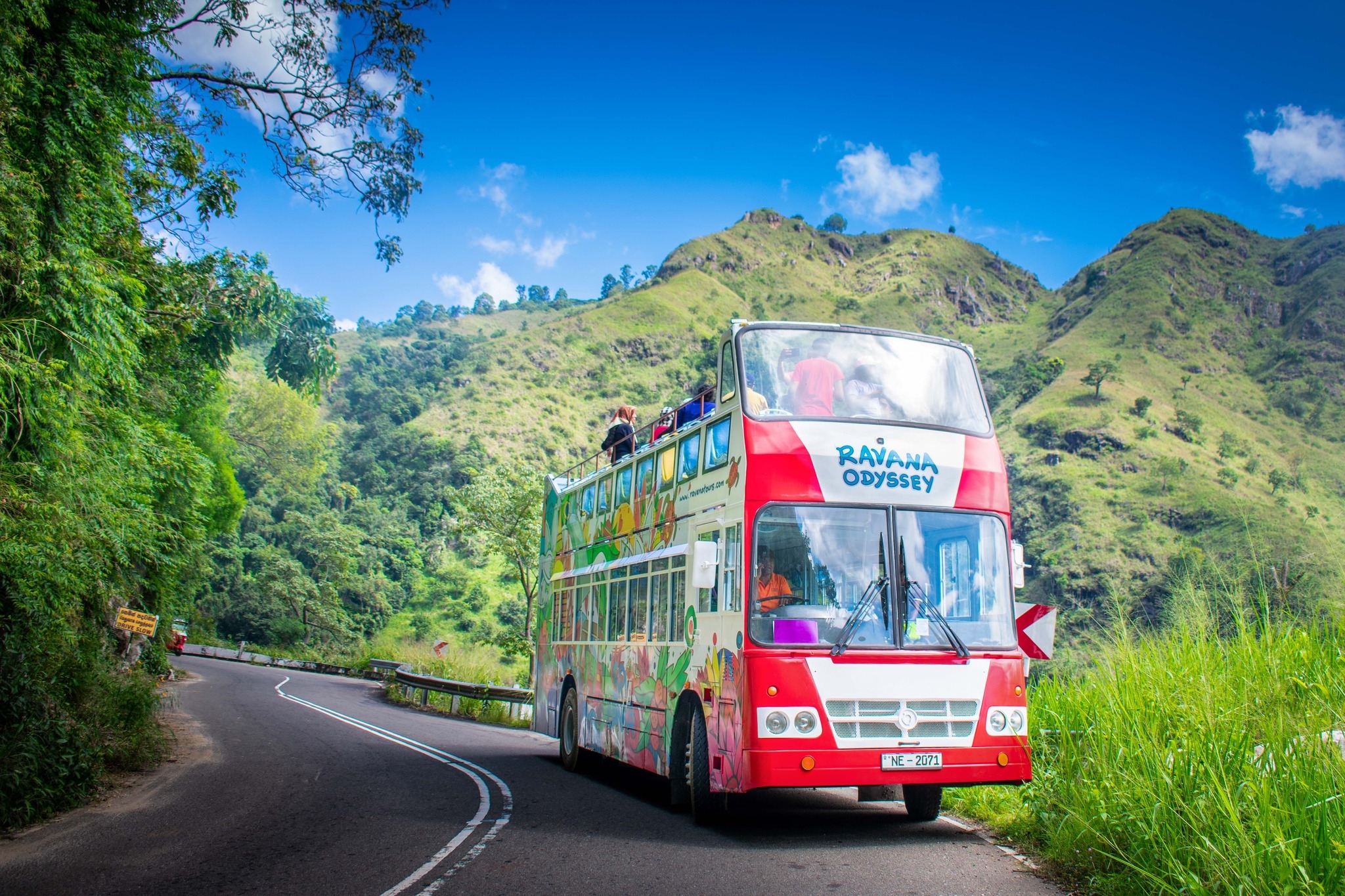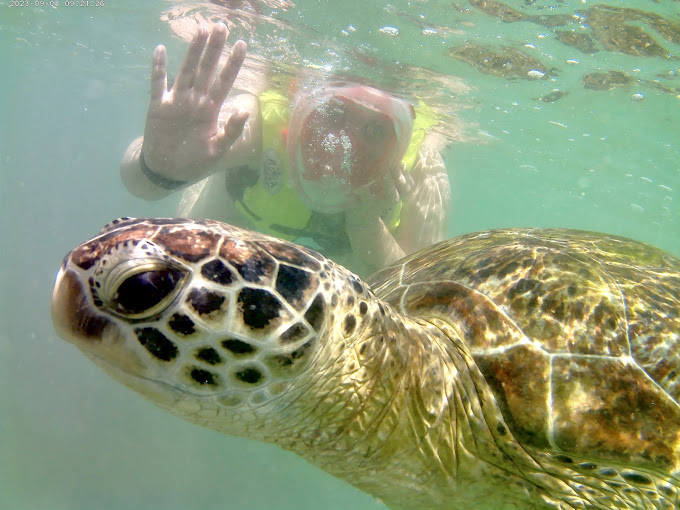With an area of 65,610 square kilometers, Sri Lanka’s biodiversity is at an all-time high compared to other countries in the world. This biodiversity includes plant species, birds, amphibians, insect species, reptiles, and mammals. According to a survey by the World Conservation Union (IUCN), Sri Lanka is the 24th most bio-diversity hotspot in the world. According to a survey conducted by the World Conservation Union, a number of Sri Lankan species are now threatened with extinction. The report compiled on this endangered species is called the Red Data Book. Below is a list of some of the most endangered species in Sri Lanka.
01. Red Slender Loris
Sri Lankan mammals in the Red Data BookRed Slender Loris, scientifically known as Loris tardigrades, is a nocturnal mammal that lives in the rainforests and densely populated backyards and lands of Sri Lanka. Two endangered species are endemic to Sri Lanka. The Horton Plains Red Slender Loris species is scientifically known as Loris tardigrades nycticeboides. Loris tardigrades-tardigrades is the scientific name for the Red Slender Loris that lives in dry zone forests. Recognized as the smallest member of the human race, the Red Slender Loris has several recognizable physical features. Special features include large eyes and a heart-shaped face and a small body. An adult Red Slender Loris can grow to 180 to 250 mm (7 to 10 inches) in length. The maximum weight is between 85 and 325 grams.
02. Grizzled giant squiral
Sri Lankan mammals in the Red Data BookGrizzled giant squirrel, also known scientifically as Ratufa macroura, is endemic to Sri Lanka’s arid zone forests and the Central Highlands. Endemic to the Central and Uva provincial forests in particular. A well-developed giant squirrel is 25 to 45 cm or 9.8 to 17.5 inches long. But the tail alone is between 50 and 90 cm, or 20 to 35 inches. Their diet includes fruits, grains, small insects, bird eggs, and plant bark. Inhabits arid and mountainous areas of Sri Lanka such as Anuradhapura, Ritigala, Mihintale, Kandalama Matale, Wasgamuwa Horton Plains, etc.
03. Indian Crested Porcupine
Sri Lankan mammals in the Red Data BookHystrix Indica is a critically endangered (CR) nocturnal porcupine species that lives in the forests of Sri Lanka and in agricultural villages with small bushes and small shrubs. Apart from Sri Lanka, they live in many South Asian countries and many states in India. A well-grown porcupine is about 0.9 m (3 ft) long and weighs 14.5 kg (32 lb). It is best known as an enemy of the farmer as it roams the fields at night and eats crops, leaving the plantations deserted.
04. Spotted Deer
Sri Lankan mammals in the Red Data BookThe spotted deer is a herbivorous mammal that lives in the dry zone forests of Sri Lanka. Spotted deer herds prefer to live only in the forests associated with the dry zone national parks such as Yala, Wasgamuwa, Maduru Oya, Gal Oya, Nilgala, Udawalawe, Wilpattu, and Kaudulla. Although there is some increase in their population, there is an increase in the number of deaths due to bullets fired by poachers. Lack of adequate food and habitat due to deforestation has become a threat to the lives of deer. Therefore, according to the 2012 Red Data Report, Sri Lanka Spotted Dear has been named an endangered species.
05. Wild Buffalo
Sri Lankan mammals in the Red Data BookWild Buffalo, who lives in the great forest areas of Sri Lanka, is the ancestor of the buffalo used for agriculture. A herbivorous mammal as well as a highly invasive and ferocious animal, it is gray to black in color. It is easy to identify a feature that has wide interstices. It is common for herds of buffalos to spend most of the day in a muddy swamp, as their bodies are extremely hot.
06. Delft Horse
Sri Lankan mammals in the Red Data BookHorses brought to Delft Island during the Dutch rule in Sri Lanka may have been used by locals and islanders for various purposes. A good example of this can be seen on the island of Delft where the horses were then trained and kept. However, these horses, which have survived for generations, have now become a wild type. Although it is a unique species of Sri Lanka, it is endangered due to a lack of conservation.
07. Donkey
Sri Lankan mammals in the Red Data BookWild donkeys, one of the most powerful species in the world, inhabit the continents of Africa and Asia. About 3000 BC, African donkeys were tamed by Arab traders and used for various human activities. Past records show that donkeys were introduced to Sri Lanka by Arab traders centuries ago. Since then, a small group of their descendants now live freely in the northwestern coastal areas of Sri Lanka. Donkeys, which are now being transformed into a Sri Lankan-friendly species, have been declining in population due to vehicle collisions and deaths due to their unprotected behavior. It is therefore designated as an endangered species according to the Red Data Report.







